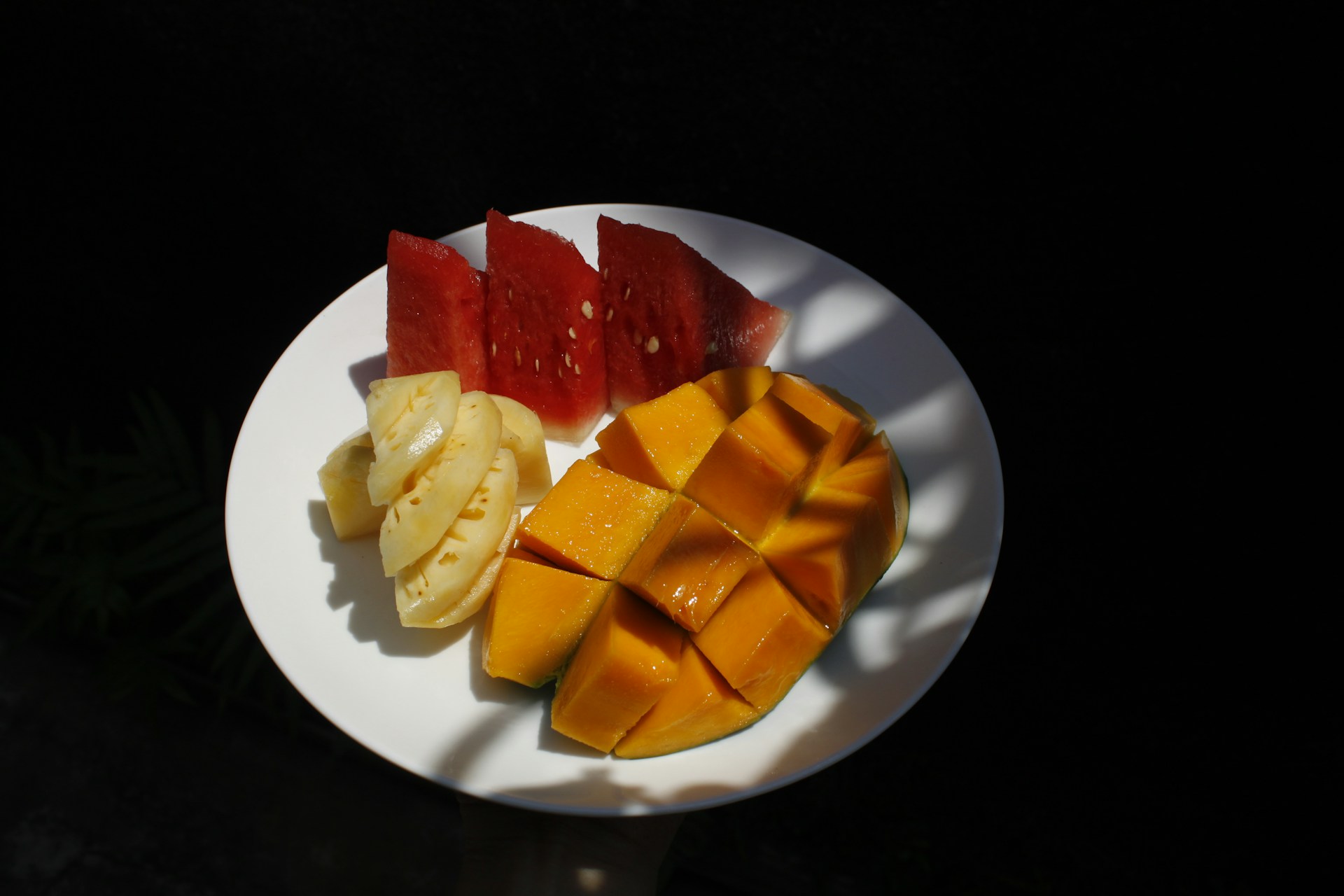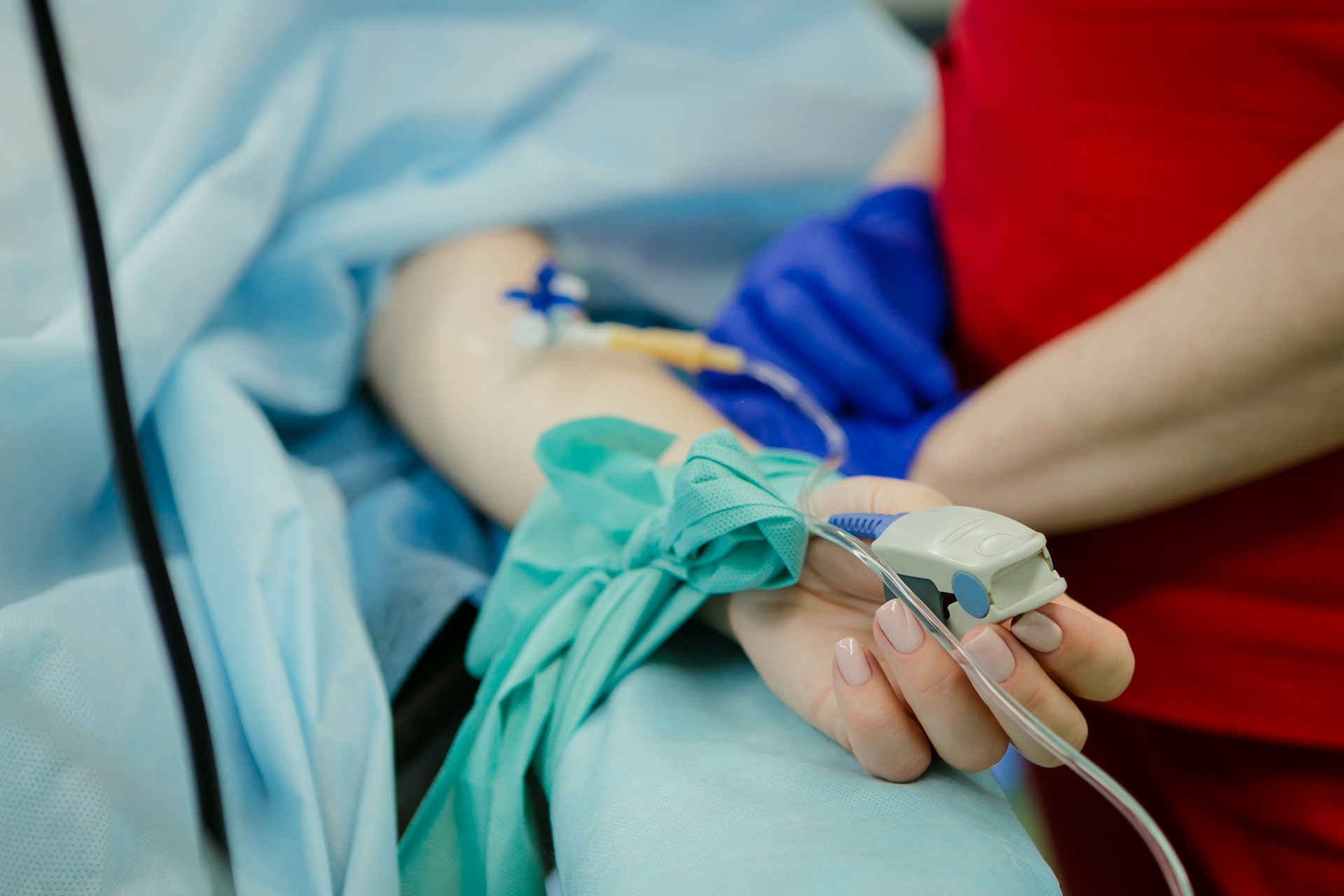Diet Quality, Nutritional Status, and Haemoglobin Level of Female Adolescent Athletes in Endurance and Non Endurance Sports
Downloads
Background: Based on the duration and intensity of the exercise, sports can b classified into two types: endurance and non endurance (strength and power). Endurance sports is a high risk sport with low diet quality, nutritional status (body mass index (BMI) and body fat percentage), and haemoglobin level.
Objectives: The aimed of this study is to analyze the differences of diet quality, nutritionl status, and haemoglobin levelof female adolescent athletes in endurance and non endurance sports.
Methods: An observational study with a cross-sectional design was conductedon 23 endurance athletes and 21 non endurance athletes in BBLOP Central Java, UNNES swimming and athletic sports club, and Salatiga atlhetic sports club. Subjects were selected by purposive sampling. BMI and body was measured by Bioelectrical Impedance Analysis (Tanita DC-360). Haemoglobin level was assessed by cyanmethemoglobin method. Diet quality was measured by semi quantitative food frequency questionnaire (SQ-FFQ) and diet quality index-international (DQI-I) form. Data was analyzed by independent t-test and Mann-Whitney.
Results: The majority of nutritional status based on BMI and perventage body fat in endurance and non endurance athlete were normal. About 9,5% of non endurance athlete had anemia. There were significant difference in diet quality (p=0,029) and variety of protein source, iron, vitamin C, and empty calorie foods intake (p<0,001; p=0,028; p=0,045; p<0,001) of endurance and non endurance athletes, but no significant difference in body fat percentage (p=0,573) and haemoglobin level (p=0,714).
Conclusion: There were significant difference on diet quality, variety of protein source, iron, vitamin C, and empty calorie foods intake between endurance and non endurance athletes.
REFERENSI
Brown, J. E., Isaacs, J. S., Krinke, U. B., Lechtenberg, E. & A, M. Nutrition Through the Life Cycle. (Cengage Learning, 2011).
Muth, N. D. Sports Nutrition for Health Professionals. (F.A. Davis Company, 2015).
Kementerian Kesehatan RI. Pedoman Gizi Olahraga Prestasi. (Kementerian Kesehatan RI, 2014).
Fink, H. H. & Mikesky, A. E. Practical Applications in Sports Nutrition. (Jones & Bartlett Learning, 2015).
Muslihah, N., Winarsih, S., Soemardini, Zakaria, A. & Zainudiin. Kualitas Diet Dan Hubungannya Dengan Pengetahuan Gizi , Status Sosial Ekonomi , Dan Status Gizi. J. Gizi dan Pangan 8, 71–76 (2018).
Ireland, A. N. Overall Diet Quality of Collegiate Athletes. Coll. Stud. J. 49, 251–256 (2013).
Baranauskas, M. et al. Nutritional Habits among High-Performance Endurance Athletes. Medicina (B. Aires). 51, 351–362 (2015).
Santos, D. dos, Silveira, J. Q. da & Cesar, T. B. Nutritional Intake and Overall Diet Quality of female Soccer Players Before The Competition Period. Rev. Nutr. 29, 555–565 (2016).
Slater, G. & Phillips, S. M. Nutrition guidelines for strength sports: Sprinting, weightlifting, throwing events, and bodybuilding. J. Sports Sci. 29, 67–77 (2011).
Hogstrom, G. M., Pietila, T., Nordstrom, P. & Nordstrom, A. Body Composition And Performance: Influence Of Sport And Gender Among Adolescents Gabriel. J. Strength Cond. Res. 26, 1799–1804 (2012).
Saputri, G. A. R. R. & Dieny, F. F. Female Athlete Triad pada Atlet Putri di Pusat Pendidikan Latihan (Pusdiklat) Ragunan Jakarta. J. Nutr. Coll. 1, 405–413 (2012).
Latni, J., Ernalia, Y. & Azrin, M. Gambaran Status Gizi Atlet Angkat Berat, Angkat Besi Dan Binaraga Komite Olahraga Nasional Indonesia (Koni) Provinsi Riau Tahun 2015. J. Online Mhs. Univ. Riau 3, 1–15 (2015).
Dassanayake, S. Comparison of BMI and Body Fat Percentages between National Level Teenage Swimmers and Controls. Adv. Obesity, Weight Manag. Control 4, 148–152 (2016).
Gaí£eÅ¡a, J. P., Barak, O., Jakovljevic, D. K. & KlaÅ¡nja, A. Body Mass Index and Body Fat Content in Elite Athletes. Jelena Popadic Gacesa 3, 43–48 (2011).
Stopler, T. & Weiner, S. Medical Nutrition Therapy for Anemia. in Krause's Food and the Nutrition Care Process (eds. Mahan, L. K., Escott-Stump, S. & Raymond, J. L.) 725 (Saunders Elsevier, 2012).
Yasui, Y., Kubota, M., Nagai, A. & Matsumoto, N. Anemia in Female Collegiate Athletes: Association with Hematological Variables, Physical Activity and Nutrition. Br. J. Med. Med. Res. 7, 801–808 (2015).
McClung, J. P., Gaffney-Stomberg, E. & Lee, J. J. Female athletes: A population at risk of vitamin and mineral deficiencies affecting health and performance. J. Trace Elem. Med. Biol. 28, 388–392 (2014).
Schumacher, Y. O., Schmid, A., Grathwohl, D., Bultermann, D. & Berg, A. Hematological Indices and Iron Status in Athletes of Various Sports and Performances. Med. Sci. Sport. Exerc. 34, 869–875 (2002).
Irdiana, W. & Nindya, T. S. Hubungan Kebiasaan Sarapan dan Asupan Zat Gizi dengan Status Gizi Siswi SMAN 3 Surabaya. Amerta Nutr. 227–235 (2017). doi:10.20473/amnt.v1.i3.2017.
McCarthy, H. D., Cole, T. J., Fry, T., Jebb, S. A. & Prentice, A. M. Body fat reference curves for children. Int. J. Obes. 30, 598–602 (2006).
Pan, W.-H. & Yeh, W.-T. How to Define Obesity? Evidence-Based Multiple Action Points for Public Awareness, Screening, and Treatment: an Extension of Asian-Pacific Recommendations. Asia Pac. J. Clin. Nutr. 17, 370–374 (2008).
Dieny, F. F., Widyastuti, N. & Fitranti, D. Y. Sindrom Metabolik pada Remaja Obes : Prevalensi dan Hubungannya dengan Kualitas Diet. J. Gizi Klin. Indones. 12, 1–11 (2015).
Dieny, F. F. Permasalahan Gizi pada Remaja Putri. (Graha Ilmu, 2014).
Kim, S., Haines, P. S., Siega-riz, A. M. & Popkin, B. M. The Diet Quality Index-International ( DQI-I ) Provides an Effective Tool for Cross-National Comparison of Diet Quality as Illustrated by China and the United States. J. Nutr. 133, 3476–3484 (2003).
Fujii, T., Okumura, Y., Maeshima, E. & Okamura, K. Dietary Iron Intake and Hemoglobin Concentration in College Athletes. Int. J. Sport. Exerc. Med. 1, 1–5 (2015).
Menteri Kesehatan Republik Indonesia. Peraturan Menteri Kesehatan Republik Indonesia Nomor 75 Tahun 2013 tentang Angka kecukupan gizi yang dianjurkan bagi bangsa Indonesia. (Kementerian Kesehatan RI, 2013).
Kosar, S. N. Associations of Lean and Fat Mass Measures with Whole Body Bone Mineral Content and Bone Mineral Density in Female Adolescent Weightlifters and Swimmers. Turk. J. Pediatr. 58, 79–85 (2016).
Gacesa, J. P., Barak, O., Jakovljevic, D. K. & Klasnja, A. Body Mass Index and Body Fat Content. J. Excercise Qual. Life 3, 43–48 (2011).
Oliveira, G. L. de et al. Body Image and Eating Disorders in Female Athletes of Different Sports. J. Exerc. Physiol. 20, 46–54 (2017).
Penggalih, M. H. S. T. & Niamila, I. Perbedaan Perubahan Lemak Tubuh dan Berat Badan Atlet Balap Sepeda pada Berbagai Intensitas Latihan. Medikora 16, (2015).
Malczewska-lenczowska, J., Sitkowski, D., Orysiak, J. & Pokrywka, A. Total Haemoglobin Mass, Blood Volume and Morphological Indices among Athletes from Different Sport Disciplines. Arch Med Sci 9, 780–787 (2013).
Alfitasari, A., Dieny, F. F., Ardiaria, M. & Tsani, A. F. A. Perbedaan Asupan Energi, Makronutrien, Status Gizi, dan VO2Maks antara Atlet Sepak Bola Asrama dan Non Asrama. Media Gizi Indones. 14, 14–26 (2019).
Rosenbloom, C. Protein for Athletes. Nutr. Today 44, 204–210 (2009).
Poortmans, J. R., Carpentier, A., Pereira-Lancha, L. O. & Jr, A. L. Protein Turnover, Amino Acid Requirements and Recommendations for Athletes and Active Populations. Brazilian J. Med. Biol. Res. 45, 875–890 (2012).
Stokes, T., Hector, A. J., Morton, R. W., Mcglory, C. & Phillips, S. M. Recent Perspectives Regarding the Role of Dietary Protein for the Promotion of Muscle Hypertrophy with Resistance Exercise Training. Nutrients 10, 1–18 (2018).
Setiowati, A. Hubungan Indeks Massa Tubuh, Persen Lemak Tubuh, Asupan Zat Gizi dengan Kekuatan Otot. J. Media Ilmu Keolahragaan Indones. 4, 32–38 (2014).
Moore, D. R., Camera, D. M., Areta, J. L. & Hawley, J. A. Beyond Muscle Hypertrophy : Why Dietary Protein is Important for Endurance Athletes. Appl Physiol Nutr Metab 39, 987–997 (2014).
Dellavalle, D. M. & Haas, J. D. Iron Supplementation Improves Energetic Efficiency in Iron-Depleted Female Rowers. Med. Sci. Sports Exerc. 46, 1204–1215 (2013).
Nande, P., Mudafale, V. & Vali, S. Micronutrient Status of Male & Female Players Engaged in Different Sports Disciplines. J. Exerc. Sci. Physiother. 5, 1–13 (2009).
Kim, J. C., Park, G. D. & Kim, S. H. Inhibition of Oxidative Stress by Antioxidant Supplementation Does Not Limit Muscle Mitochondrial Biogenesis or Endurance Capacity in Rats. J. Nutr. Sci. Vitaminol. (Tokyo). 63, 277–283 (2017).
Little, J. P. et al. Effect of Low- and High-Glycemic-Index Meals on Metabolism and Performance During High-Intensity , Intermittent Exercise. Int. J. Sport Nutr. Exerc. Metab. 20, 447–456 (2010).
Escobar, K. A., Morales, J. & Vandusseldorp, T. A. The Effect of a Moderately Low and High Carbohydrate Intake on Crossfit Performance. Int. J. Exerc. Sci. 9, 460–470 (2016).
Czajkowska, A., LutosÅ‚awska, G., Mazurek, K., Ambroszkiewicz, J. & Å»mijewski, P. Plasma Homocysteine Levels , Physical Activity and Macronutrient Intake in Young Healthy Men. Pediatr. Endocrinol. Diabetes Metab. 17, 30–34 (2011).
AMERTA NUTR by Unair is licensed under a Creative Commons Attribution-ShareAlike 4.0 International License.
1. The journal allows the author to hold the copyright of the article without restrictions.
2. The journal allows the author(s) to retain publishing rights without restrictions
3. The legal formal aspect of journal publication accessibility refers to Creative Commons Attribution Share-Alike (CC BY-SA).
4. The Creative Commons Attribution Share-Alike (CC BY-SA) license allows re-distribution and re-use of a licensed work on the conditions that the creator is appropriately credited and that any derivative work is made available under "the same, similar or a compatible license”. Other than the conditions mentioned above, the editorial board is not responsible for copyright violation.












































